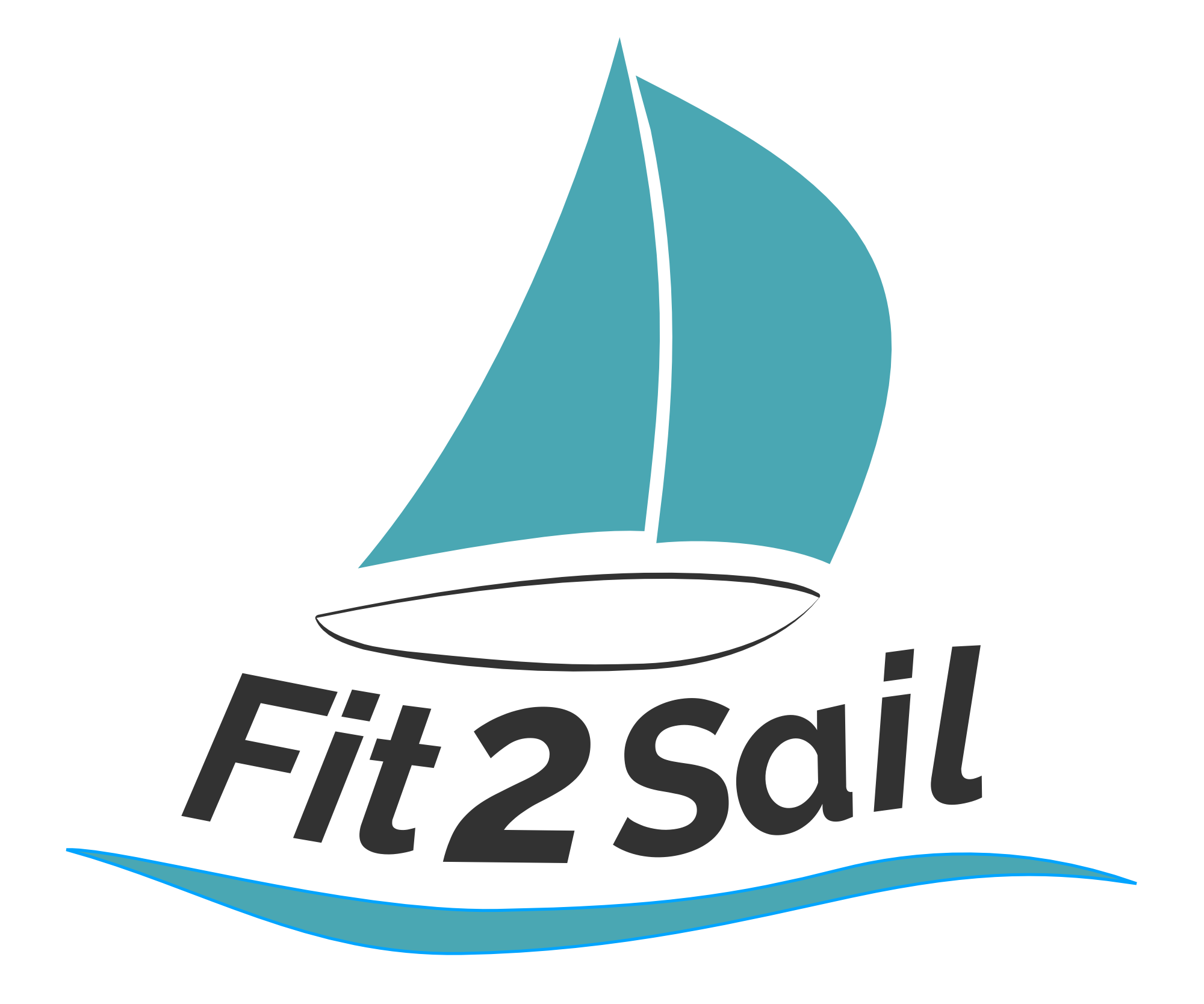Catching water
Catching water – my favorite way to fill tanks
One of the most precious resources we have on the boat is our water supply. We carry 120 gallons of water, which lasts us about 6 weeks. On our first cruise, when we did not have a watermaker, we relied mostly on catching water from the sky once we left the USA. Jeremy had built us a beautiful awning with downspouts in a couple of strategic spots; when it started to rain hard, we could hook up a hose to the downspout and after some good rinsing of the canvas, direct the rain right into our tanks. Ahhh. Now if only you could choose when it would rain . . .
One of many reasons to love rain.
There’s nothing quite like having full water tanks. It’s riches beyond compare. Catching it yourself from the sky? Feels like you’re cheating, somehow.
George Town, Exuma, is a cruiser hangout extraordinaire in the southern Bahamas. Numerous anchorages lie within a 5 mile radius; town is a well-stocked spot with a couple of grocery stores, water (albeit sometimes brackish water) for free at the dinghy dock, and endless cruiser activities on the beach. We were at the tail end of our water, planning multiple dinghy runs with jerry cans to get water in the morning as we prepared to leave to head east and south. The big question was whether we should break the budget and PAY for RO (reverse osmosis) water (at $1 a gallon, it would be a huge hit to the monthly bottom line) or just deal with slightly salty water in our tanks. We could just buy a few gallons of the good stuff to use in coffee water and for drinking straight, which would be painful in terms of logistics but might be the best choice overall.
“What’s that sound?” The wind was picking up. “Wait! It’s raining!”
We closed hatches and sat there for a few minutes. The steady drum of rain cozied the cabin nicely. Then it hit us and the scramble started.
Jeremy leaped to the companionway while I hauled open the floorboards and got the wrench from the chart table. We like to see the water levels in the tanks, so we open the fill and watch with a flashlight or feel with fingers as the tanks fill. I switched the valve to the forward tank when Jeremy shouted over the noise of water hitting the decks, and within 5 minutes there were 23 gallons of beautiful, pure, rain water tucked away in that tank. Switch valves, close the forward tank, and start flashlight watch on the levels in the middle tank.
30 minutes later, all tanks were full, and we’d even filled three jerry jugs (another 18 gallons! Laundry time!). No need for dinghy runs, or budget-busting water purchases. And once Jeremy dripped down below and dried off, we poured ourselves a very late-night glass of rum and toasted to feeling rich beyond compare. Our water tanks were full!
Another favorite memory of catching rain water was sailing along the coast of Martinique, anxious to get into the anchorage at Fort de France. Our cruising buddies on Mahalo were tucked in there already, and we had not seen them since St. Barths a month before. Sundowners and dinner together had been planned on board their boat, and I was fretting about needing a shower to be presentable after a few days of hot days. We were making about 3 knots over the ground when the skies opened up, flattened the seas, and sucked the wind right out of the air.
In general those days (we since have re-powered with a more powerful engine), we preferred to sail rather than motor. The single-cylinder, 10 hp hand-cranked Sabb engine just didn’t push us very fast. It took a lot for us to decide to motor rather than sail.
The sea state went from choppy to absolutely, 100% flat. The speed dropped to 1 knot over the ground. The sails were full, but limply full.
Time to get out the soap; showers on the foredeck with water from the sky is a sailor’s myth that I was fully intending to make come true. I paused on my way out of the cockpit.
“I wish we could catch this rain!”
And the scramble began. Sail down, awning up. By the time it took to get down below to deal with valves, the deck fill was geysering up over the side deck. Almost as soon as I opened up the valve to start the water flowing into the tank, I could hear the surge of water into the almost-empty stainless steel tanks. By the time I’d pulled the floorboards and opened the fill to watch, the middle tank was overflowing into the bilge. Literally 10 minutes later, we had completely full water tanks and were starting to take showers under the awning downspout.
I started to laugh. The water pressure coming out of the hose was strong enough to rinse conditioner out of my hair.
“Guess my shower is done!”
These days we have a watermaker, which is a more convenient way of making sure we’ve got water all the time. I’ll still lobby hard for incorporating water catchment into our awning again.
The riches of a full water tank are one of the simple joys of cruising.



